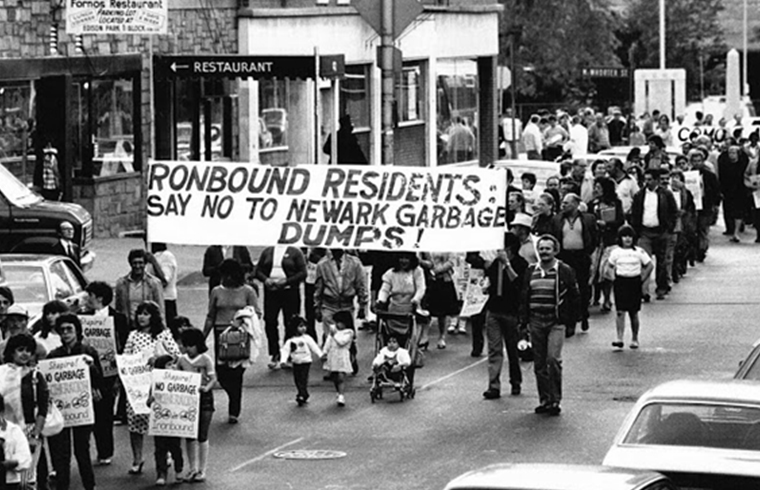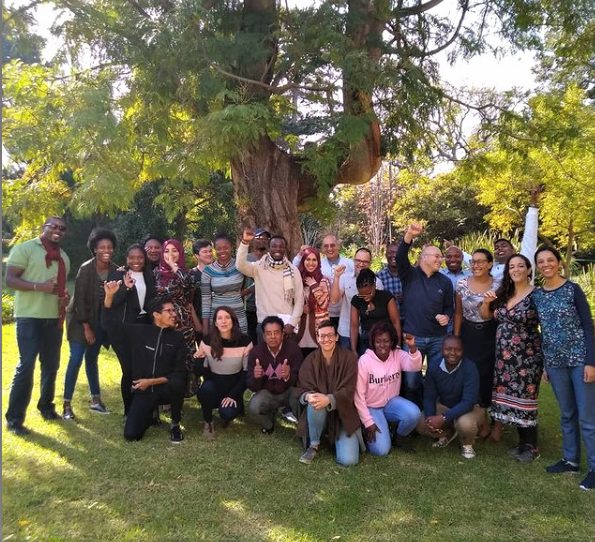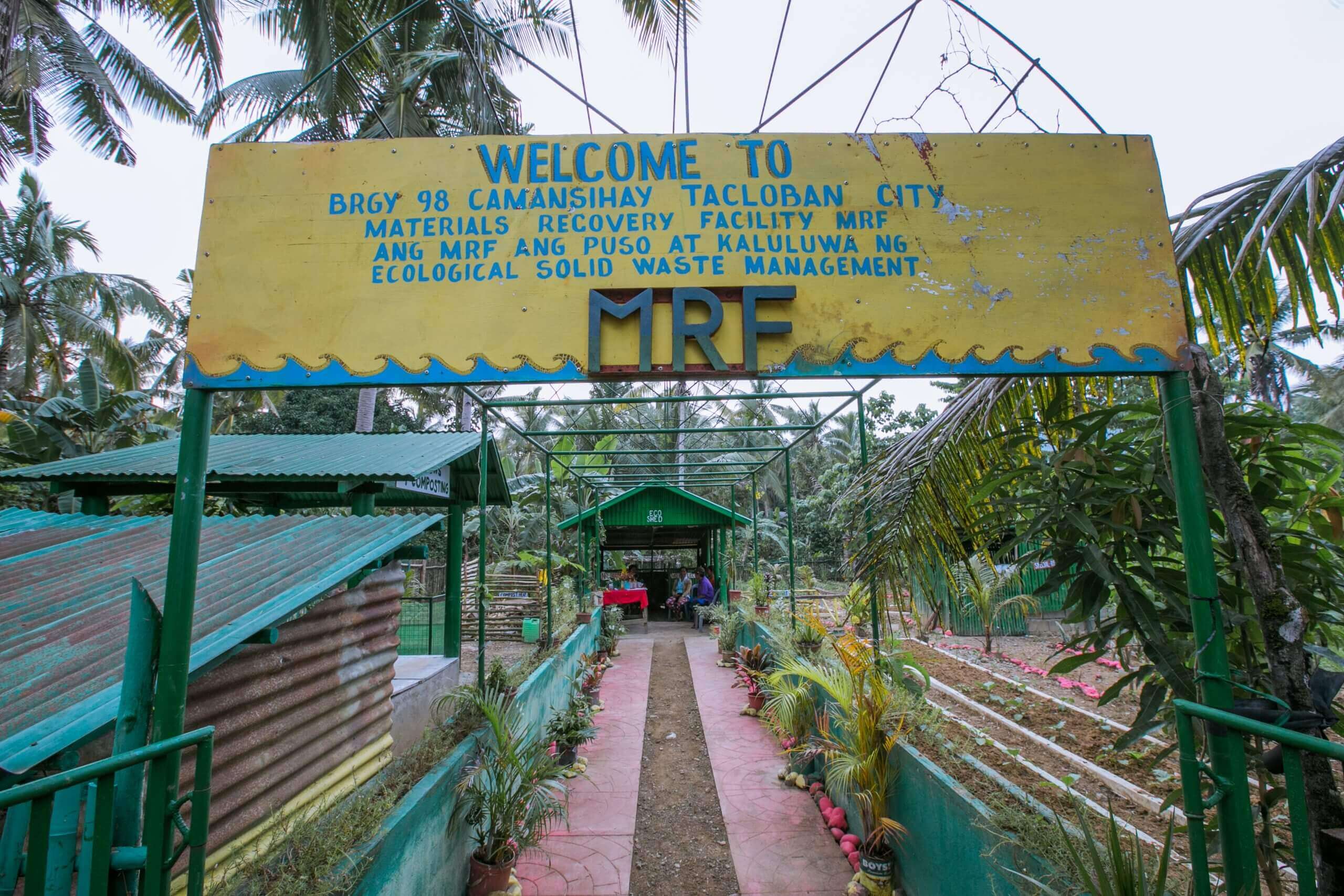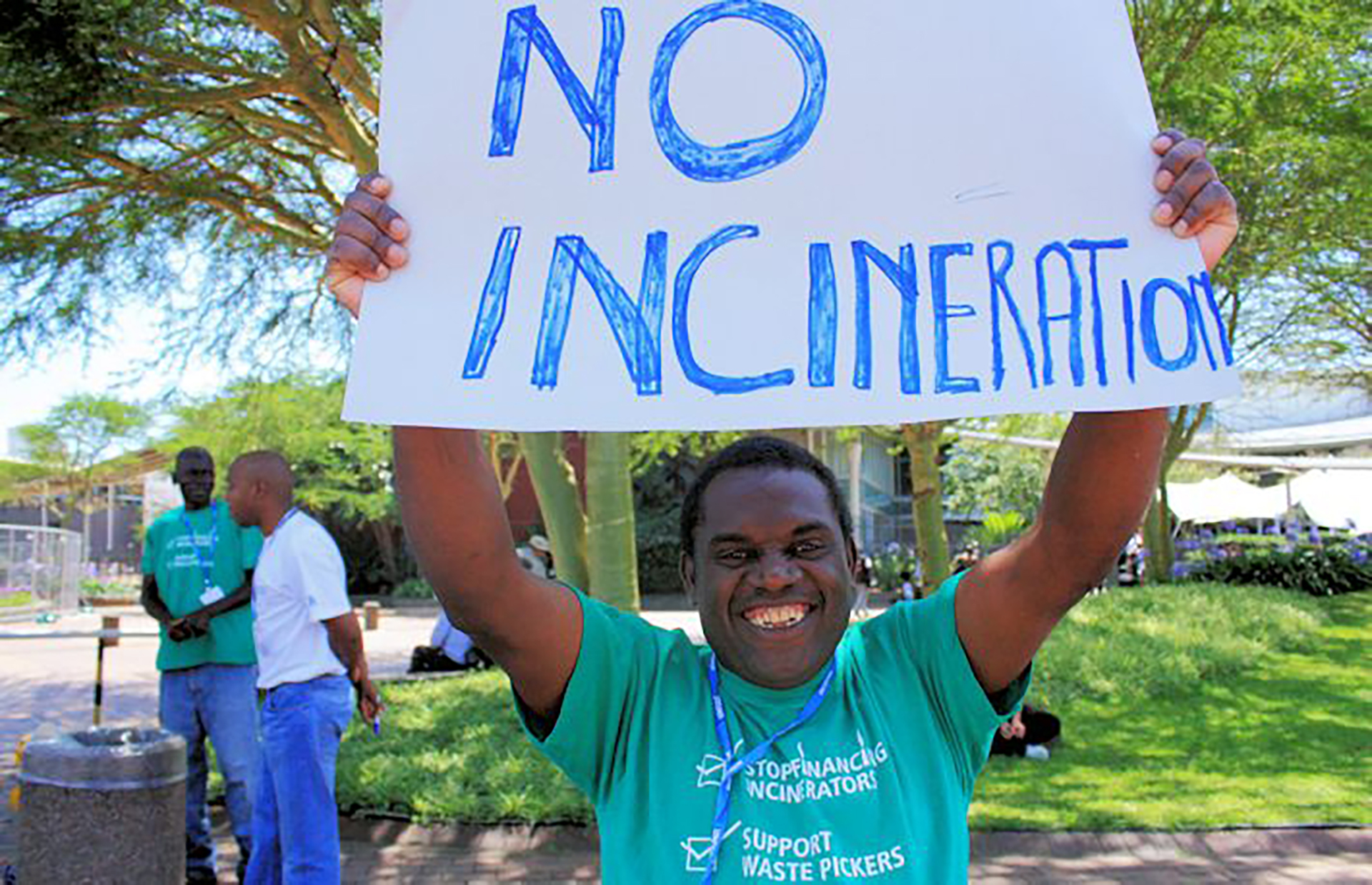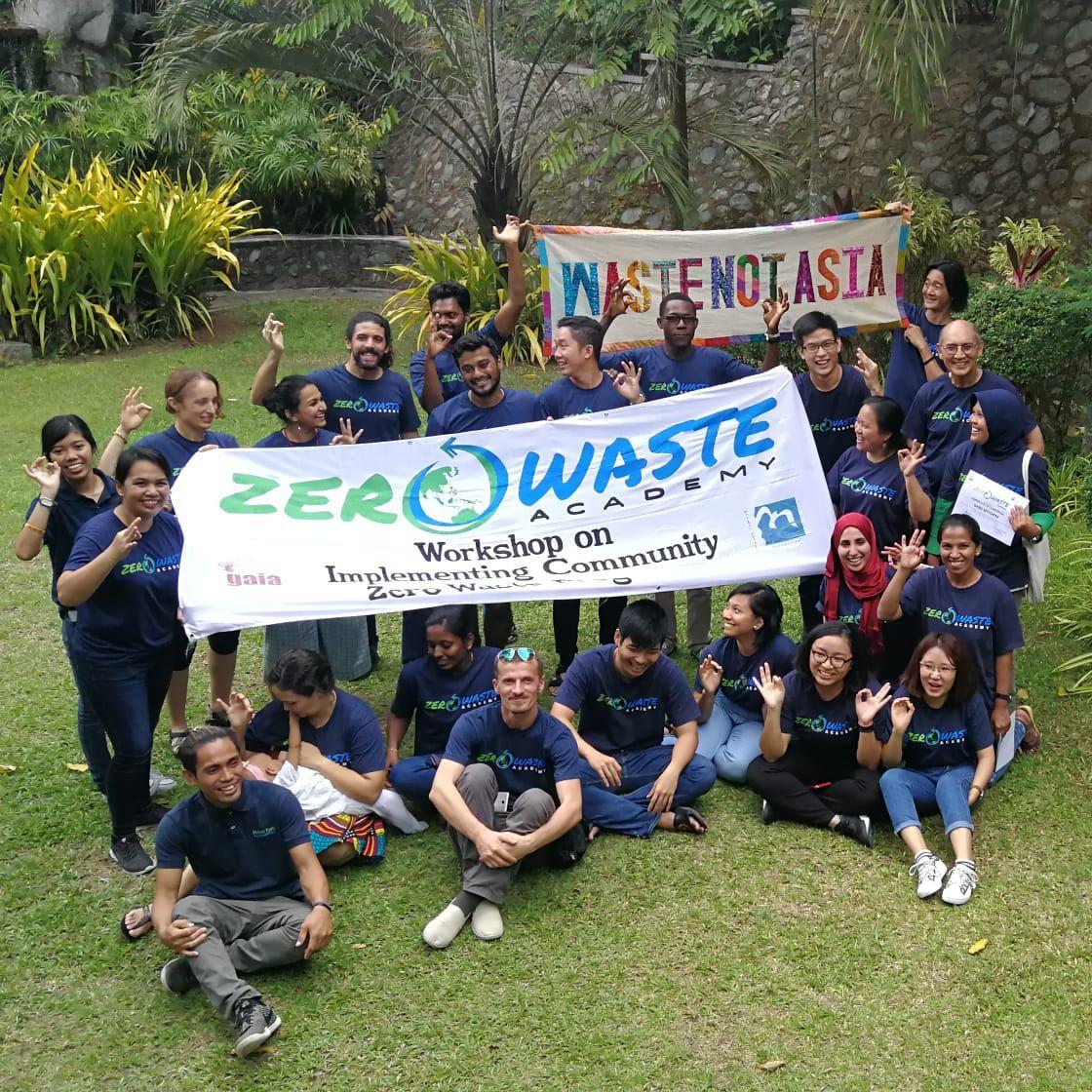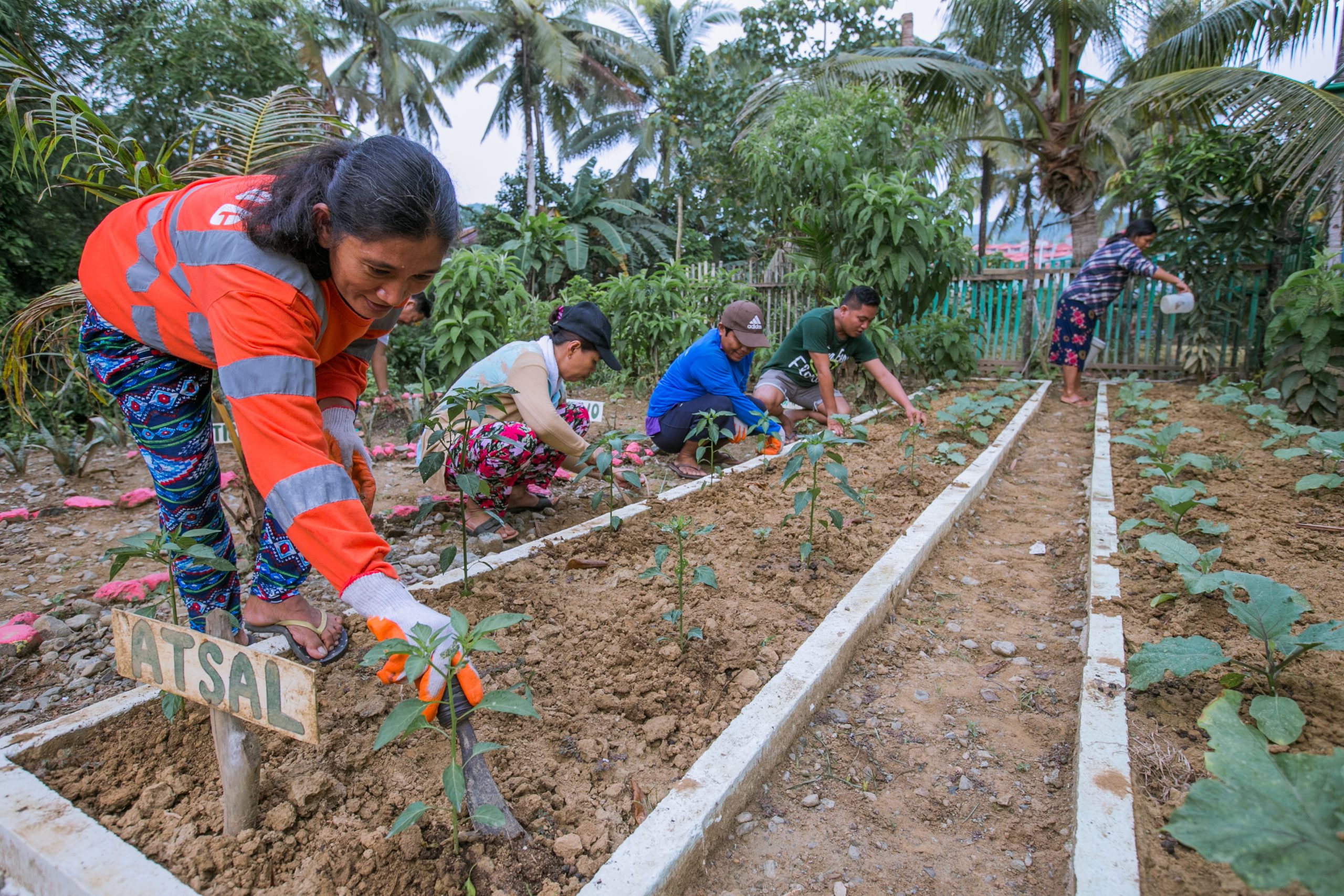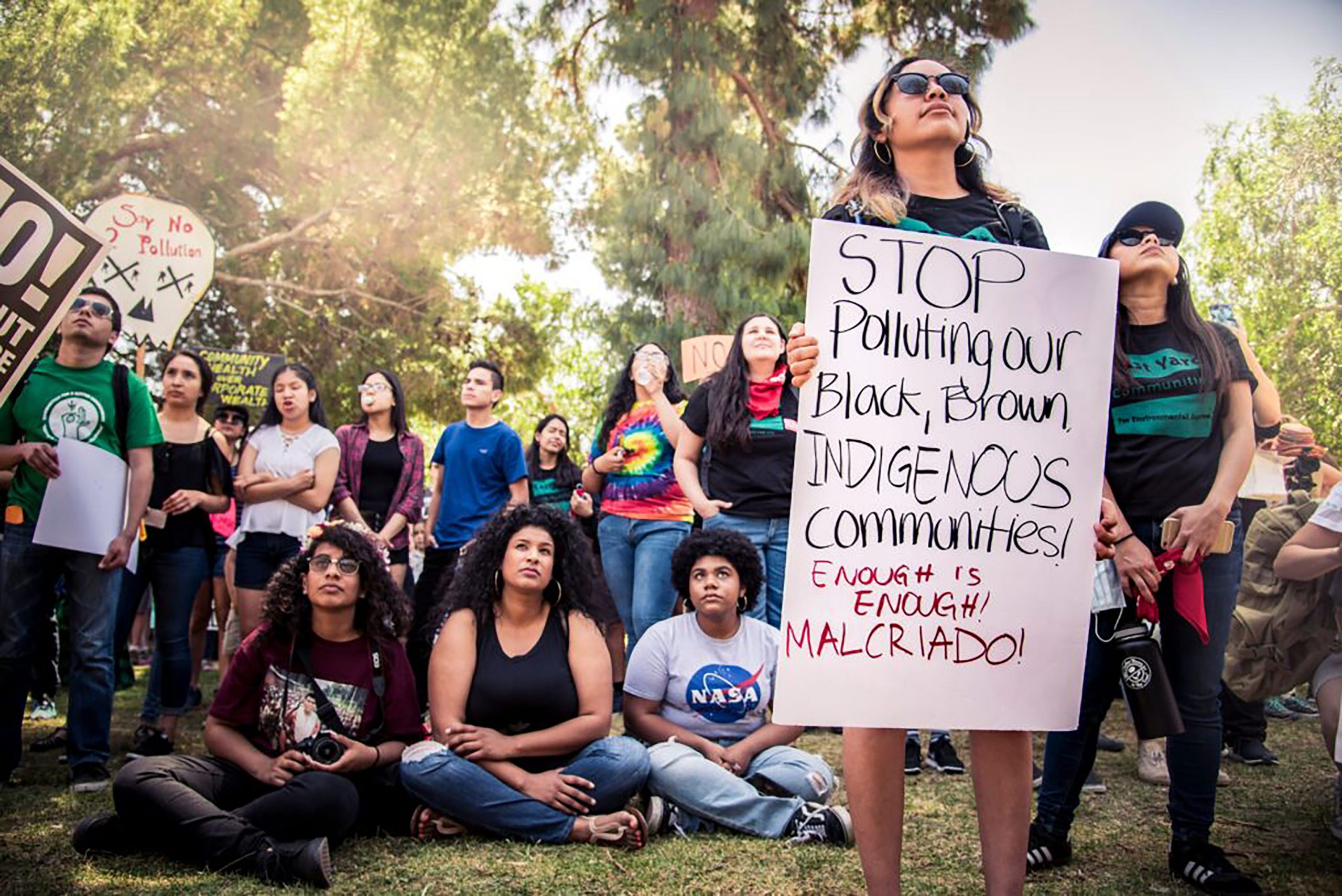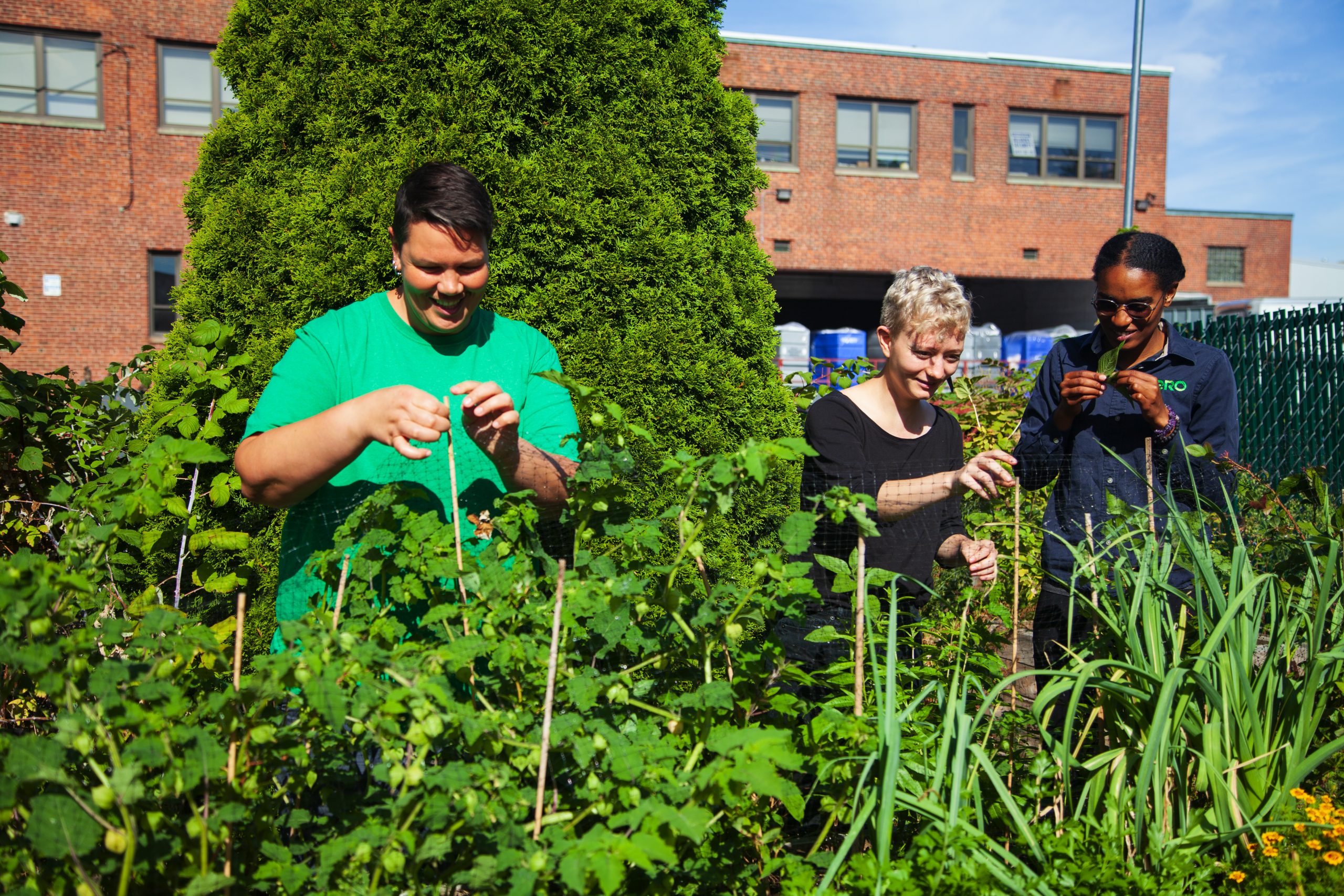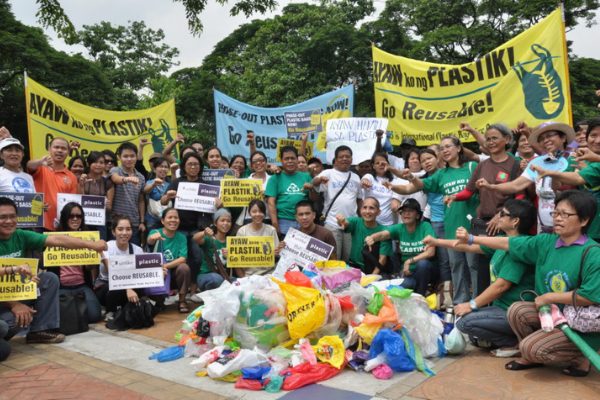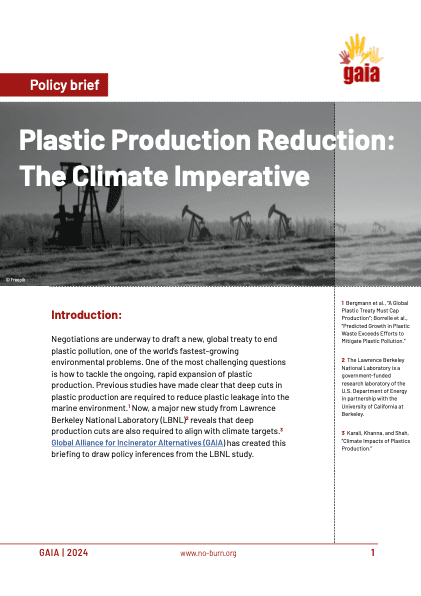About the Report
For decades, U.S. cities have collected mixed plastic in recycling programs in an unsuccessful attempt to solve the plastic waste crisis. Analyzing the municipal solid waste (MSW) streams of five U.S. cities, this new report sheds light on the different ways legitimate recycling efforts are undermined, and how the simplest and most ethical solution to our plastic problem is to remove all non-recyclable plastic from the system. A key finding of the study is that 64% of plastic in these cities’ MSW streams cannot be recycled. It’s time for policy and regulations to prioritize reduction and reuse over recycling, and to rethink public programs and budgets for healthier outcomes.

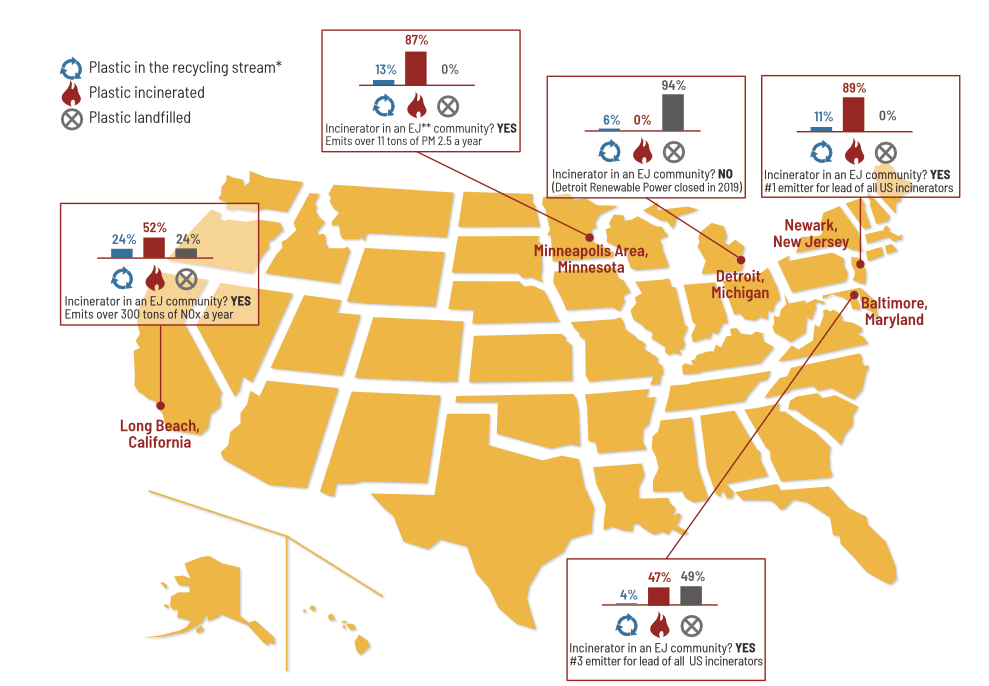
In five major U.S. cities, 64% of plastic collected is NOT recyclable.
Key Takeaways
Lack of data transparency obstructs solutions. Good data leads to good policy. Data on municipal waste flows is absent, old and difficult to find. This allows the plastic industry to exploit loopholes and push self-serving narratives, and creates challenges for cities and communities that want to shift to true zero waste systems.
Most plastic is designed to be dumped or burned, harming communities. Cities can reduce pollution by banning non-recyclable plastic. Only 8.8% of all plastic in the waste stream in the five cities is actually recycled. The remainder is incinerated, landfilled or could supply plastic-for-fuel or chemical recycling facilities, all of which are harmful to our health and environment.
Recycling rates are low because most plastic produced is not recyclable. Companies, not cities, should pay. 64.3% of all plastic in the waste stream in the five cities is not recyclable through municipal recycling or state redemption programs, and yet communities are paying for it with their health and their pocketbooks.
People (understandably) don’t know what’s actually recyclable. Cities should prioritize collecting only plastic that can be recycled. In the five cities, only 24% of potentially recyclable plastic (#1, #2, #5) gets recycled; 76% gets incinerated or landfilled. Conversely, 12%-55% of all plastic that ended up in single-stream recycling programs was not recyclable.
While plastic recycling must be improved, it has its limits. Plastic reduction and zero waste systems must be prioritized. Zero waste infrastructure like reuse, refill, and repair provides up to 200x as many jobs as disposal, furthers environmental justice, and improves sustainability.
The Project
Across the United States, waste incinerators have plagued communities for decades with harmful air emissions, accidents, and other health and safety-related concerns. As their contracts with these aging incinerators expire in the next few years, cities have a choice to make: they can choose to bind themselves to a new generation of incinerators that will cost millions and continue to pollute our most vulnerable communities, or they can make a just transition to a sustainable system that improves public health and saves money. Communities most impacted by these facilities are taking the lead to create livable communities that manage waste effectively for the health of generations to come.
The Campaigns
Baltimore, MD
Over 65% of the plastic collected through the single-stream program in Baltimore is trash, and likely ends up in the incinerator, threatening the health of the surrounding community. South Baltimore Community Land Trust (SBCLT) is working to change neighborhoods from dumping grounds surrounded by polluting industries to healthy zero waste communities. As a result of SBCLT’s work, in collaboration with other local organizations and institutions, the Baltimore City Council unanimously adopted the Fair Development Plan for Zero Waste.
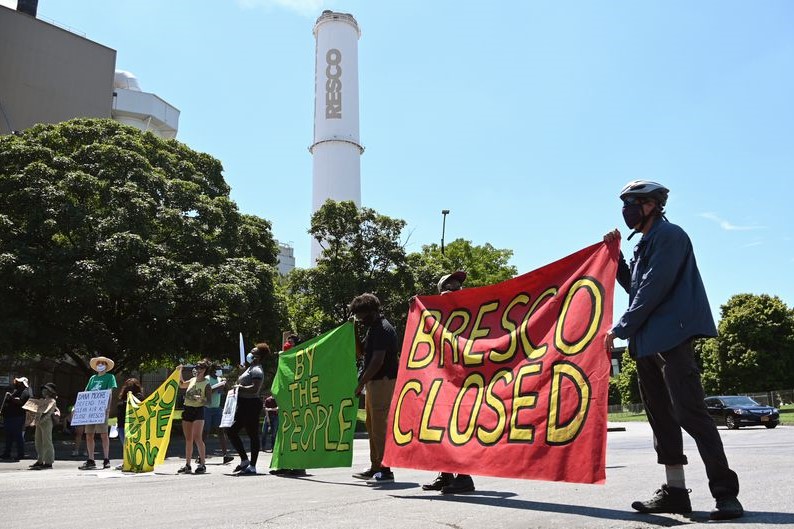
Detroit, MI
After decades of community activism, the Detroit Renewable Power Incinerator announced the facility’s immediate closure. Now that an end has been put to municipal waste incineration in Detroit, Breathe Free Detroit in collaboration with grassroots groups is working to build new zero waste systems for the city. One major hurdle is that only 1.3% of plastic collected in single-stream is recyclable, and residents have to foot the bill for the resulting waste.

Long Beach, CA
East Los Angeles, Southeast Los Angeles, and Long Beach have been plagued with two of the three incinerators in California, as well as several oil and plastic production facilities. East Yard Communities for Environmental Justice (EYCEJ) is a community-based environmental health and justice organization that has succeeded in shutting down one incinerator, and is advocating for a zero waste plan that will eliminate single-use plastic and build a network of reuse, refill, and repair shops across the city and a transition away from fossil fuel extraction, refining, and distribution.

Minneapolis, MN
Of all of the cities in the study, Minneapolis has the most effective municipal recycling program, due to strong citizen advocates and the work of mission-based recycler Eureka Recycling to highlight the importance of recycling with the goal of waste reduction. Nevertheless, a lot of non-recyclable plastic is still sent to the incinerator, located near where the majority of Minneapolis’ Black population lives, which has the highest asthma rate in the state. The Minnesota Environmental & Climate Justice Table is working to show the county that Minneapolis doesn’t have to choose between burning and dumping its trash because zero waste is possible, feasible, and affordable.
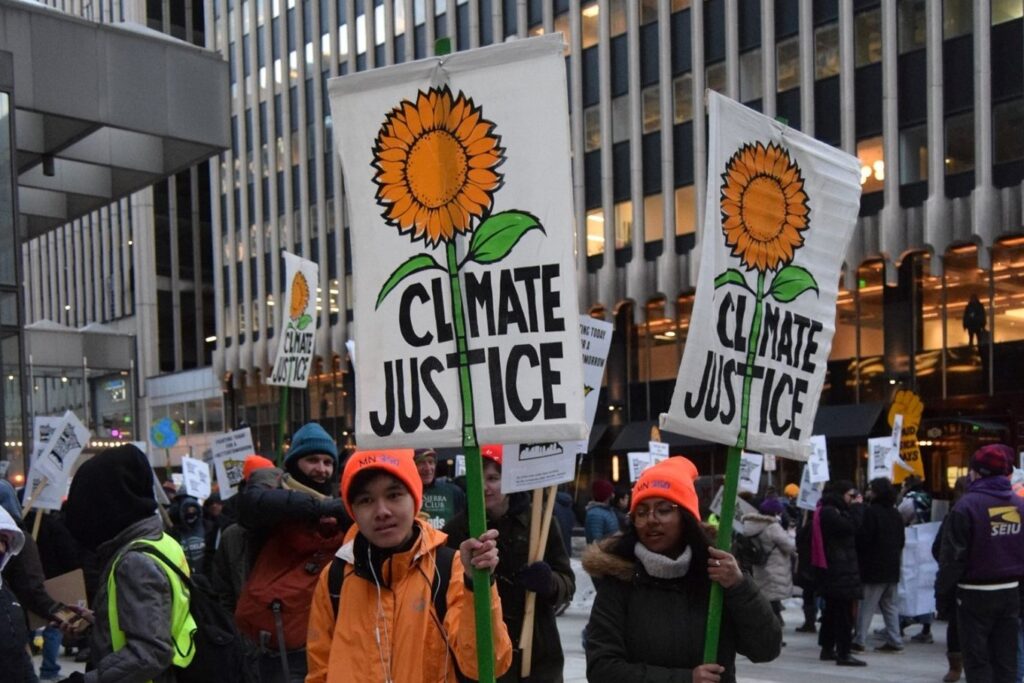
Newark, NJ
In Newark, the Essex County Resource Recovery incinerator burns about 2.8 tons of waste per day. It emits more lead into the air than any other U.S. incinerator, in addition to dozens of other toxic chemicals. At least 89.2% of plastic collected is incinerated. The Ironbound Community Corporation (ICC) has been fighting incineration and all other major sources of pollution for more than forty years. Last year, ICC succeeded in passing an environmental justice bill for New Jersey designed to prevent the siting of new industrial facilities or the expansion of current facilities in communities like Newark that are already overburdened with pollution.
